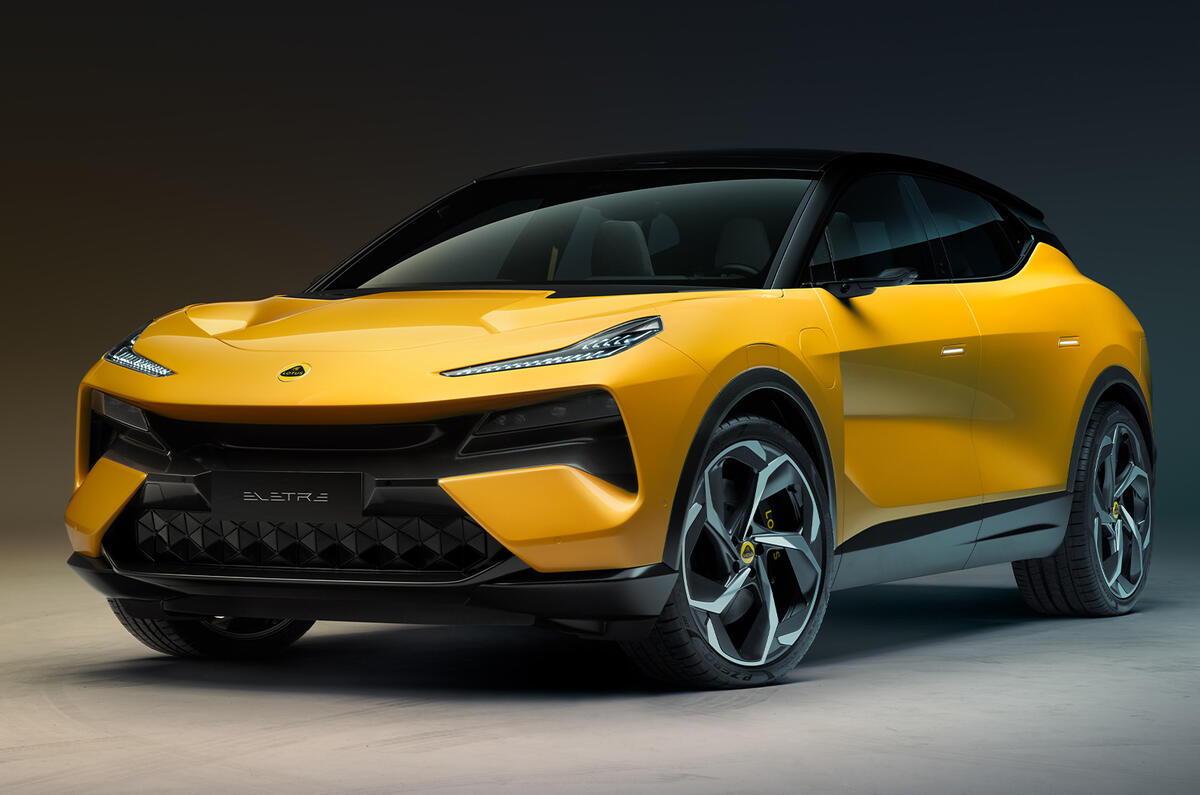The Lotus Eletre is packed with technical highlights, including one that is set to enable the brand’s pioneering move into autonomous operation.
The new SUV will be one of the first cars in the UK to feature multiple lidar sensors - two of which will deploy out of the front wings when they are in operation. The car also has shorter-range radar to locate closer objects, plus high-definition cameras. Eletres are already driving themselves, under human supervision, in parts of China.
The Eletre is already close to being a true level three car, according to Li Bo, CEO of the Lotus Robotics division that heads the development of the autonomous systems, allowing prolonged ‘hands-off’ operation. But he also thinks that the SAE autonomy levels are too simplistic.
“A much better measurement is ‘mile per intervention’ - how far the car goes before the need for driver takeover,” he told journalists at Lotus’s flagship Shanghai showroom last week. The Eletre is already able to go 200km (124 miles) between interventions and that number is increasing with frequent updates. The ultimate ambition, according to Li, is to push it to 100,000km (62,150 miles) per intervention, which is effectively equivalent to level four operation.
European legislation doesn’t allow higher-speed autonomy yet, but we saw video footage of an Eletre in China navigating itself along wet roads in heavy rain and traffic, negotiating lane changes that include the need to persuade other drivers to make space. This part of the Robo OS control algorithm is described as the "cut-in solution with Chinese style".
Lotus says different Eletre buyers will also receive different autonomous behaviour, with the system progressively learning how an owner prefers to drive. So a more aggressive driver will end up with a system that brakes later - although still within safe parameters - and changes lanes more often to make faster progress.
A slower driver will have a more relaxed experience. Interestingly, Li also says the Eletre’s system will be based mostly on real-world perception through the car’s suite of on-board sensors rather than relying heavily on frequently updated high-definition mapping, as some rival manufacturers are doing. “The issue with the mapping is that it is often not as good as it should be,” he said. “Perception is the safer option.”
Europe will bring other challenges, including higher speeds and different traffic rules. In China, cars on a freeway can overtake in any lane. Colder conditions and salted roads will also be a challenge and Lotus has developed a high-pressure spray system to keep the lidar sensors clean.





Add your comment